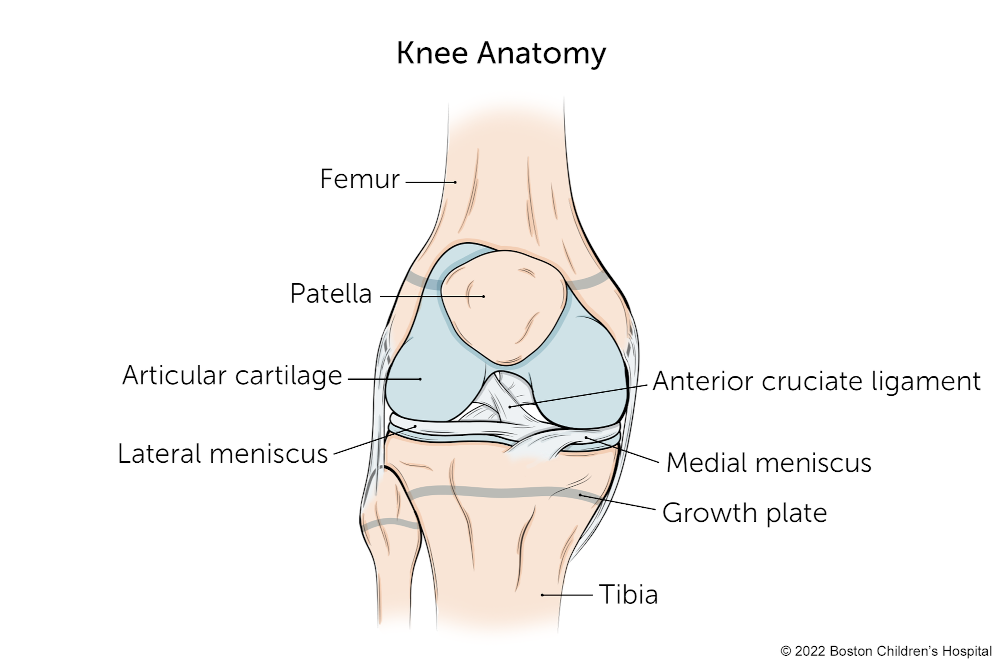Articular Cartilage Injury | Diagnosis & Treatments
How does a doctor know my child has an articular cartilage injury?
The physician examines your child's joint, looking for:
- decreased range of motion
- pain along the joint line
- swelling
- fluid on the knee
- abnormal ailment of the bones making up the joint
- ligament or meniscal injury
Because an articular cartilage injury is hard to diagnose, your child's doctor may also require:
- Magnetic resonance imaging (MRI): A diagnostic procedure that uses a combination of large magnets, radio frequencies, and a computer to produce detailed images of organs and structures within the body
- Arthroscopy: A minimally invasive outpatient procedure that inserts a small camera into the joint for the doctor to inspect.
How we treat an articular cartilage injury
When a joint is injured, the body releases enzymes that may further break down the already damaged articular cartilage.
- Injuries to the cartilage that do not extend to the bone generally do not heal on their own.
- Injuries that penetrate to the bone may heal, but the type of cartilage that is laid down is structurally unorganized and does not function as well as the original articular cartilage.
Defects smaller than two centimeters have the best prognosis and treatment options. Those options include arthroscopic surgery, which can remove damaged cartilage and increase blood flow from the underlying bone (e.g. drilling, pick procedure). For larger defects, it may be necessary to transplant cartilage from other areas of the knee (joint).
Non-surgical options
For patients with osteoarthritis:
- physical therapy
- lifestyle modification (e.g. reducing activity)
- bracing
- supportive devices
- oral and injection drugs (i.e. non-steroidal anti-inflammatory drugs, cartilage protective drugs)
- medical management
Surgical options
Surgery often only provide short-term relief, and depends on the severity of the osteoarthritis:
- Tibial or femoral osteotomics (cutting the bone to rebalance joint wear) may reduce symptoms, help to maintain an active lifestyle, and delay the need for total joint replacement.
- Total joint replacement can provide relief for the symptom of advanced osteoarthritis, but generally requires changes in a patient's lifestyle and/or activity level.



